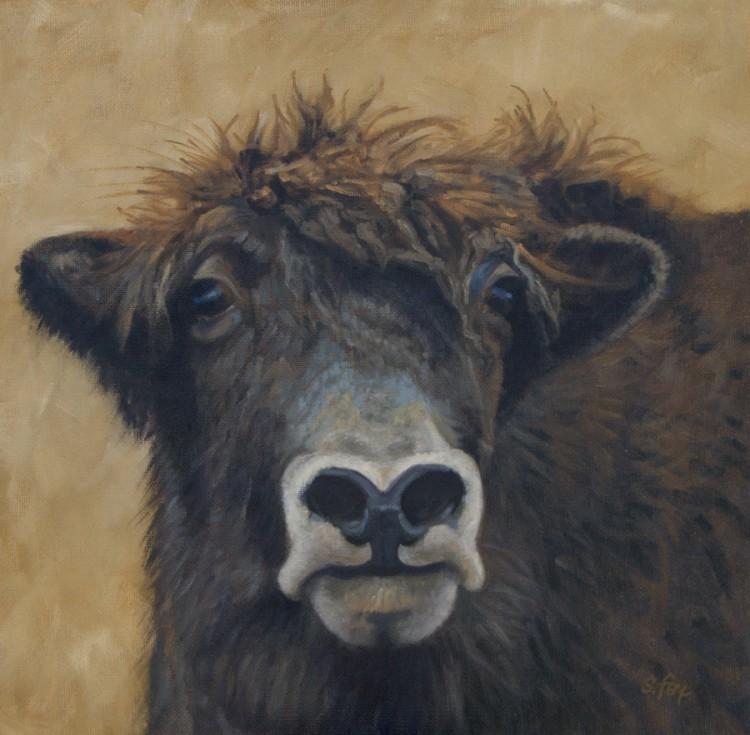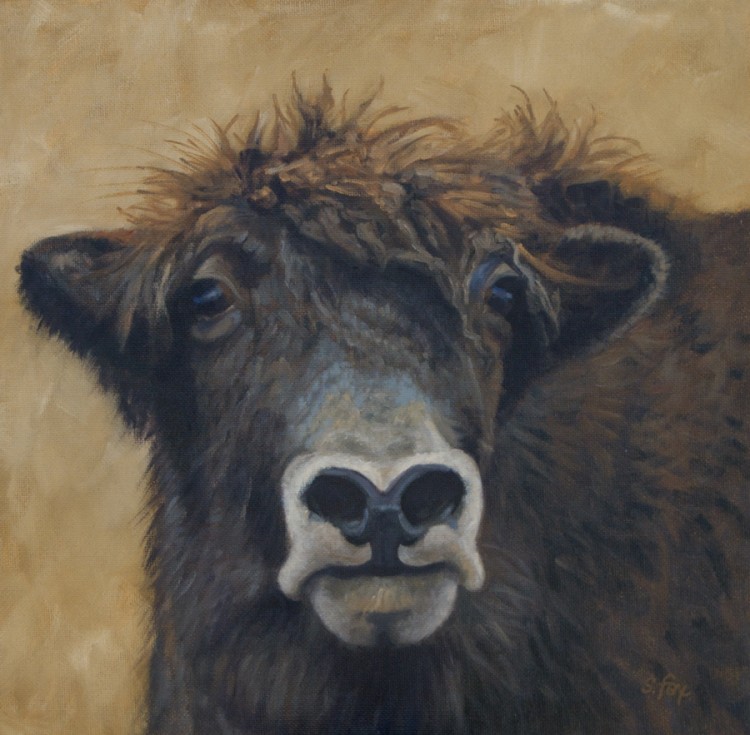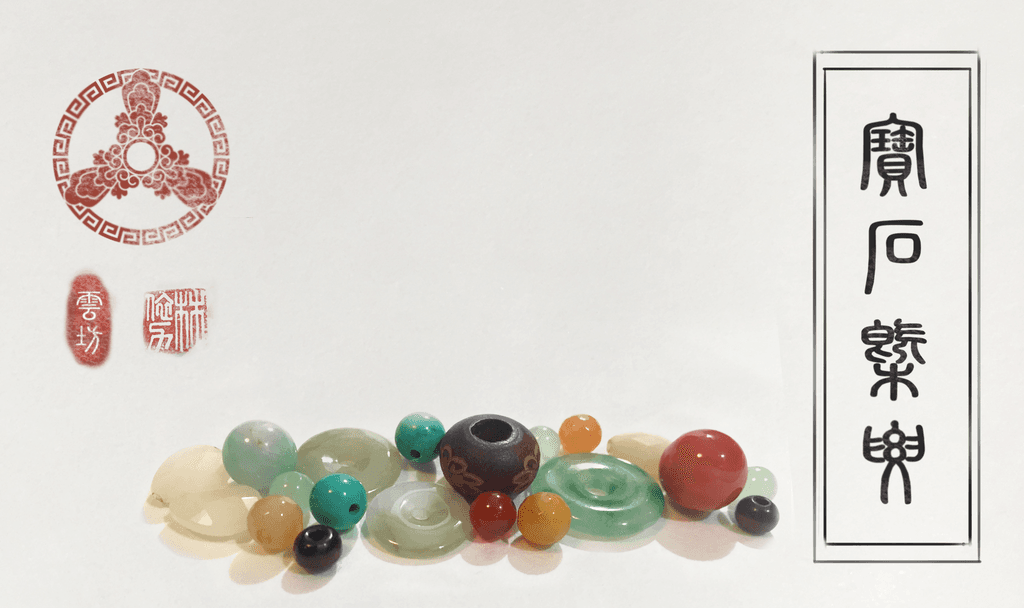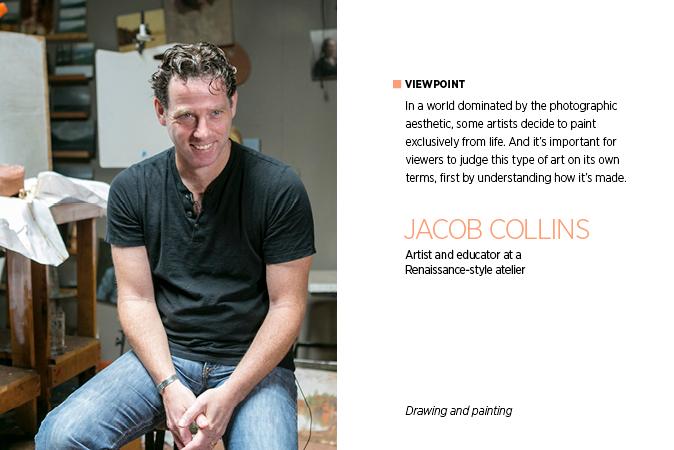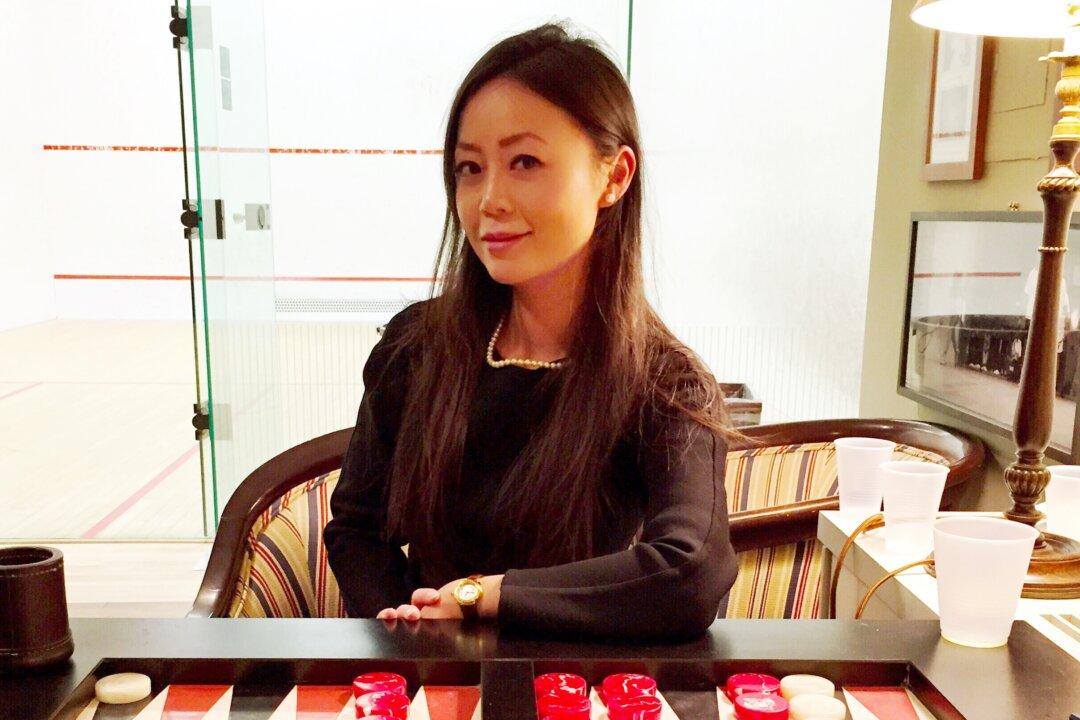American Artist Susan Fox Paints Genghis Khan’s Mongolia
Susan Fox plans the WildArt Mongolia expedition for late 2013, a first-time collaboration between American and Mongolian artists, using art to raise awareness of Mongolia’s conservation challenges.
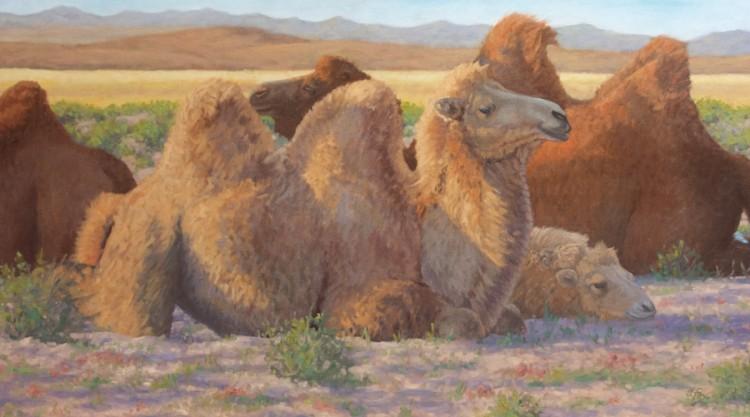
“Zuniin Odor (Summer Day),” a yak herder on a Mongol horse, by Susan Fox, 30 by 40 inches, oil. Courtesy of Susan Fox
|Updated:


